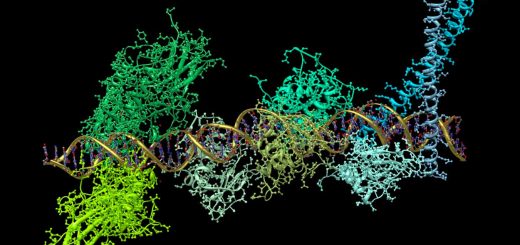Humpback whale songs have patterns that resemble human language
The sounds that make up humpback whale songs follow some of the same statistical rules seen in human languages, which may be because of how they are learned
By James Woodford
6 February 2025
Humpback whales in the South Pacific
Tony Wu/Nature Picture Library/Alamy
Humpback whale songs have statistical patterns in their structure that are remarkably similar to those seen in human language. While this doesn’t mean the songs convey complex meanings like our sentences do, it hints that whales may learn their songs in a similar way to how human infants start to understand language.
Only male humpback whales sing, and the behaviour is thought to be important for attracting mates. The songs are constantly evolving, with new elements appearing and spreading through the population until the old song is completely replaced with a new one.
Read more
Are animals conscious? We’re finally realising that many species are
Advertisement
“We think it’s a little bit like a standardised test, where everybody’s got to do the same task but you can make changes and embellishments to show that you’re better at the task than everybody else,” says Jenny Allen at Griffith University in Gold Coast, Australia.
Instead of trying to find meaning in the songs, Allen and her colleagues were looking for innate structural patterns that may be similar to those seen in human language. They analysed eight years of whale songs recorded around New Caledonia in the Pacific Ocean.
The researchers started by by creating alphanumeric codes to represent every song from every recording, including around 150 unique sounds in total. “Basically it’s a different grouping of sounds, so one year they might do grunt grunt squeak, and so we’ll have AAB, and then another year they might have moan squeak grunt, and so that would be CBA,” says Allen.


